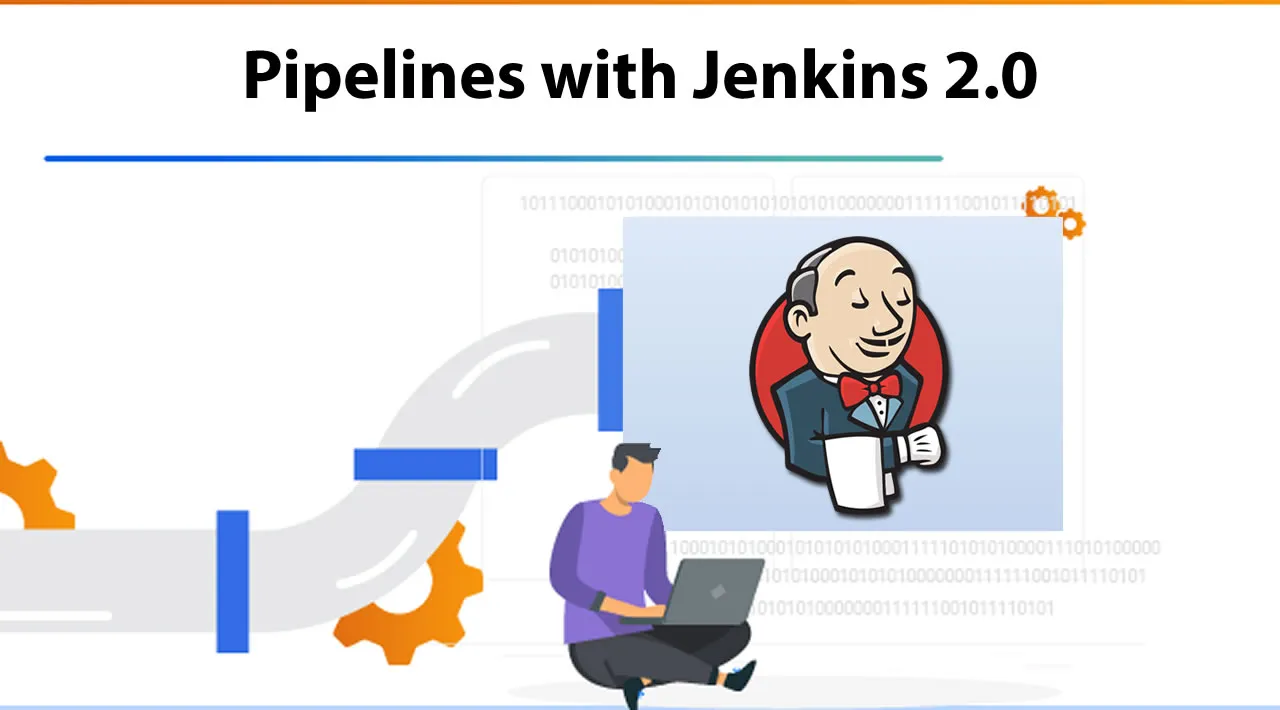Within our engineering team, we build, test and deploy mobile, web and embedded applications targeting a wide variety of platforms and to do so we primarly use Jenkins for continuous integration and deployment. While Jenkins may not always be the prettiest or most user-friendly tool out there, it’s extremely flexible and thanks to the huge open source community behind the project there are very few configurations that cannot be supported out of the box. Plus there’s also an extensive API should the need arise to create custom plugins or tool integrations.
The recent Jenkins 2.0 release brings some interesting new features but the one we’re most excited about is delivery pipelines and an extensible Groovy-based Domain Specific Language (DSL) which enables us to model a “pipeline as code” by versioning a Jenkinsfile along with our source. However, pipelines in Jenkins are not a new concept, they’ve been around for a year or two under the name of workflows but with the 2.0 release this functionality becomes part of the key offering and it very much feels like this will be the future of how we manage builds in Jenkins.
#jenkins #jenkins pipelines #jenkins 2.0
